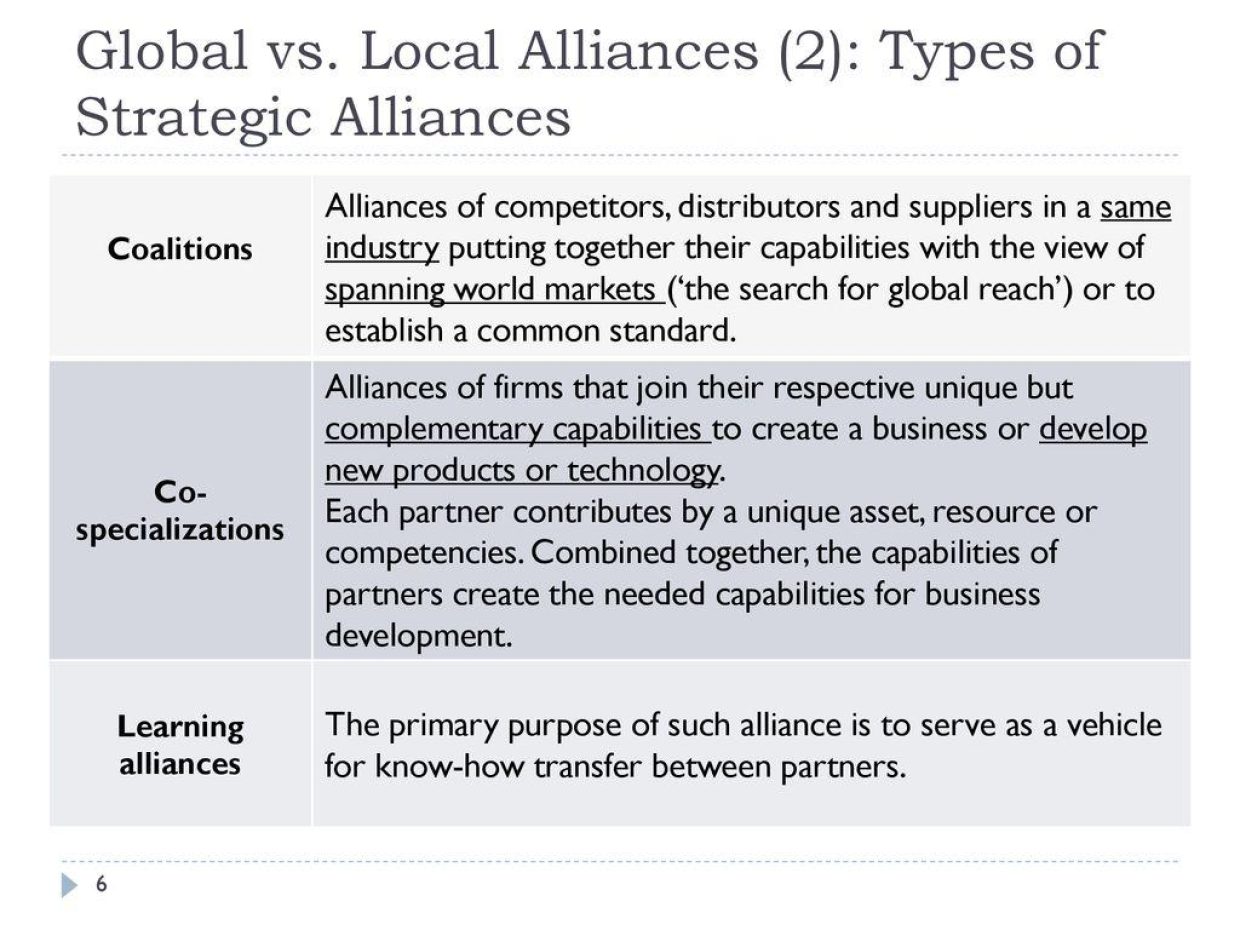In an increasingly interconnected world, regional alliances have emerged as powerful forces shaping global politics, economics, and security. But why do these partnerships matter so much? Beyond mere collaboration, regional alliances are strategic tools that countries use to amplify their influence, pool resources, and tackle shared challenges more effectively. In this article, we’ll explore the multifaceted impact of regional alliances—unpacking how they drive economic growth, stabilize regions, and redefine power dynamics on the international stage. Whether you’re a global affairs enthusiast or simply curious about the forces shaping today’s world, understanding the strategic importance of these alliances is key to grasping the future of international relations.
Table of Contents
- The Economic Benefits of Regional Cooperation for Member States
- How Regional Alliances Enhance Security and Political Stability
- The Role of Cultural Exchange in Strengthening Regional Bonds
- Practical Steps for Building Effective and Lasting Regional Partnerships
- In Summary
The Economic Benefits of Regional Cooperation for Member States
When member states join forces within a regional framework, they unlock a wealth of economic advantages that might otherwise remain untapped. Collective bargaining power enables these countries to negotiate better trade deals and attract foreign investments more effectively. By reducing tariffs and harmonizing regulations, regional cooperation also streamlines supply chains, leading to increased cross-border trade volume. This interconnectedness encourages innovation, as businesses expand their markets and collaborate on technology and resource sharing. Ultimately, the economic ripple effect nurtures robust job creation and drives sustainable development throughout the region.
Beyond trade and investment, regional alliances foster resilience against global economic fluctuations through diversified markets and shared resources. Members benefit from coordinated infrastructure projects and joint ventures, resulting in enhanced transportation networks and energy security. Key elements of economic success include:
- Reduced transaction costs by simplifying customs procedures
- Increased market access providing businesses with a wider consumer base
- Enhanced labor mobility allowing skilled professionals to fill critical gaps
- Pooling of financial resources to fund regional development projects
Coordinated strategies not only elevate individual economies but also position the region as a formidable player in the global marketplace.
How Regional Alliances Enhance Security and Political Stability
In a world where geopolitical tensions often ripple across borders, regional alliances serve as crucial shields against uncertainty and conflict. By fostering collective security agreements, nations create a unified front that deters external threats and minimizes the risk of violent escalations. These partnerships enable member states to share intelligence, standardize military protocols, and conduct joint exercises, significantly enhancing their preparedness. Beyond military cooperation, such alliances also promote diplomatic dialogue, ensuring that disputes are addressed through negotiation rather than aggression.
Political stability flourishes when countries within a region feel supported and interconnected. Regional alliances cultivate trust amongst neighbors by encouraging economic collaboration, cultural exchange, and coordinated policy-making on issues like migration and environmental protection. Key benefits include:
- Conflict prevention through established communication channels
- Enhanced crisis response mechanisms for natural disasters or political upheaval
- Stronger bargaining power in global forums and trade negotiations
Ultimately, these alliances transform fragmented efforts into a cohesive strategy, promoting peace and resilience in an often unpredictable geopolitical landscape.
The Role of Cultural Exchange in Strengthening Regional Bonds
At the heart of every resilient regional alliance lies a vibrant mosaic of cultural interactions. These exchanges go beyond mere social pleasantries; they act as the invisible threads weaving together diverse communities into a cohesive fabric. When societies actively engage in sharing traditions, languages, art, and cuisine, they nurture mutual understanding and respect, which are essential for overcoming historic tensions and fostering long-term cooperation. This cultural synergy often translates into stronger diplomatic ties and collaborative initiatives that benefit the entire region.
Crucially, cultural exchange functions as a catalyst for innovation and problem-solving by exposing members to a variety of perspectives and approaches. Its strategic benefits include:
- Enhanced trust: Cultural familiarity reduces stereotypes and misinformation.
- Economic opportunities: Increased tourism and cross-border partnerships.
- Social cohesion: Shared festivals and educational programs create a sense of belonging.
- Political stability: Citizen-level connections can influence governmental policy positively.
In essence, cultural exchange is not just a social pastime; it is a fundamental tool that underpins the strength and durability of regional alliances.
Practical Steps for Building Effective and Lasting Regional Partnerships
Establishing strong regional partnerships begins with fostering mutual trust and transparent communication. Partners should engage in open dialogues where objectives, expectations, and contributions are clearly outlined. Prioritizing face-to-face meetings or virtual interactions can significantly strengthen interpersonal connections, making collaboration more resilient to challenges. In addition, aligning shared goals and creating a unified vision ensures that every stakeholder is moving in the same strategic direction, reducing friction and promoting long-term commitment.
Beyond communication and shared vision, actionable frameworks are essential to maintain momentum. Implementing joint development plans with measurable milestones allows partners to track progress and celebrate successes together. It’s equally important to establish conflict resolution mechanisms early on—this safeguards alliances from misunderstandings or disputes that might otherwise derail cooperation. Key steps include:
- Defining roles and responsibilities to avoid overlap and confusion
- Creating resource-sharing agreements that capitalize on each region’s strengths
- Regularly reviewing and adapting strategies to respond to evolving regional dynamics
In Summary
In a world where geopolitical landscapes are constantly shifting, regional alliances stand out as pivotal instruments of stability, influence, and strategic advantage. They not only strengthen economic ties and enhance collective security but also amplify the voices of member nations on the global stage. Understanding the strategic impact of these partnerships is crucial for anyone interested in international relations, policy-making, or global business. As we move forward, keeping a close eye on regional alliances will provide valuable insight into the future direction of global power dynamics—and why they truly matter more than ever.













